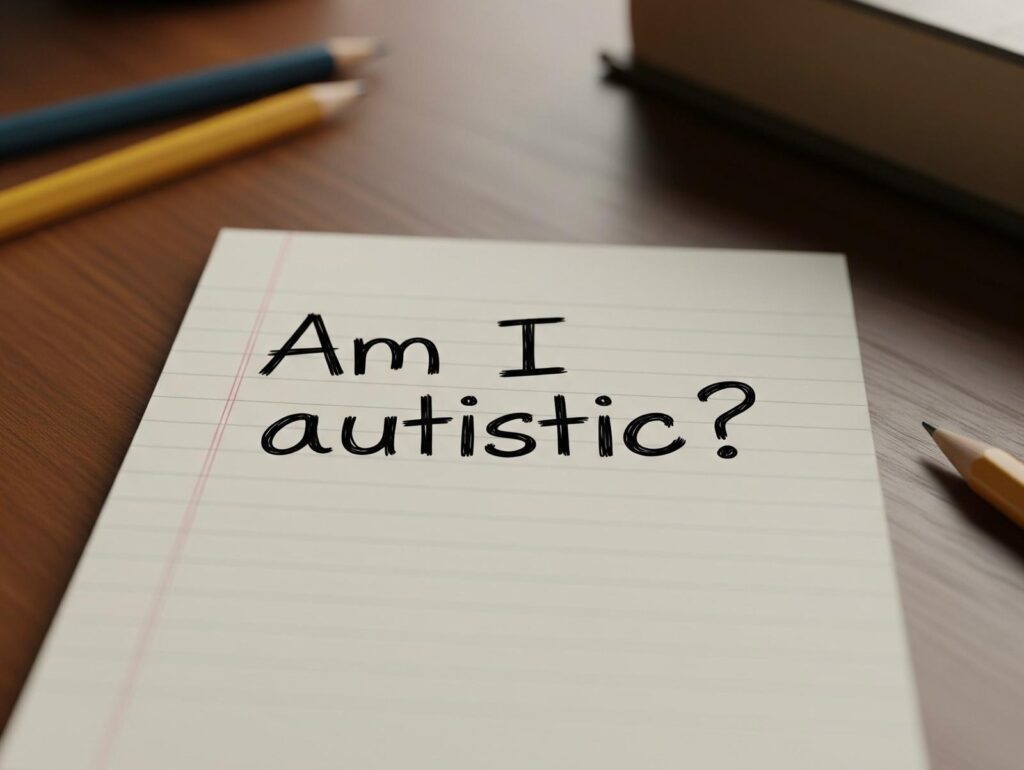The concept of a midlife crisis, often depicted in popular culture as a period of dramatic self-doubt and turmoil experienced in the middle age, has been a topic of both fascination and debate among psychologists and the general public alike. This article delves into what a midlife crisis entails, the signs that might suggest someone is experiencing one, and evidence-based strategies for navigating this potentially challenging phase of life.
Understanding the Midlife Crisis
The term “midlife crisis” was first coined by psychologist Elliott Jaques in 1965 to describe a period of dramatic self-doubt experienced by individuals in their middle years, typically between the ages of 40 and 60. It’s often characterized by individuals questioning their achievements, direction, and purpose in life, leading to significant emotional upheaval.
However, it’s important to note that not everyone experiences a midlife crisis. Research suggests that while some individuals do face challenges during midlife, it’s not a universal phenomenon. A study in the Journal of Economic Psychology highlights that life satisfaction follows a U-shaped curve, with a dip in middle age, but this does not necessarily equate to a crisis (Blanchflower, D.G., & Oswald, A.J., 2008).
Signs of a Midlife Crisis
- Heightened sense of mortality: A growing awareness of aging and mortality can trigger existential questions about life’s meaning and accomplishments.
- Significant discontent with life: Feelings of disillusionment with one’s career, relationships, or achievements.
- Sudden changes in habits or appearance: Making drastic changes, such as leaving a job abruptly, ending long-term relationships, or altering one’s appearance significantly.
- Increased isolation: Withdrawing from social connections, family, and friends.
- Mood swings and increased irritability: Experiencing heightened emotions or irritability without a clear cause.
Navigating a Midlife Transition
Understanding and addressing a midlife crisis involves recognising it as a period of transition rather than a crisis. Here are some evidence-based strategies for navigating this phase:
- Reflective Practice: Engaging in reflective practices, such as journaling or therapy, can provide insights into one’s values, goals, and desires, facilitating a more meaningful life direction (Rauch, P., 2017, Psychology Today).
- Setting New Goals: Research suggests that setting new, achievable goals can lead to increased life satisfaction. Reevaluating life goals and setting new ones that align with current values can provide a sense of purpose and direction (Carstensen, L.L., et al., 1999, American Psychologist).
- Mindfulness and Meditation: Practicing mindfulness and meditation can help manage stress, improve emotional regulation, and enhance overall well-being during periods of transition (Goyal, M., et al., 2014, JAMA Internal Medicine).
- Seeking Professional Support: Consulting with a psychologist or counsellor can provide support and guidance through the challenges of midlife transitions, offering strategies to cope with changes and uncertainties.
Indicators
Here are ten things that could suggest a midlife crisis:
- Questioning Life Choices: You may find yourself questioning past decisions about your career, relationships, and other life choices, wondering “Is this all there is?”
- Dissatisfaction with Current Life Status: Despite achieving previous goals, you might feel unfulfilled or disillusioned with where you currently are in life.
- Desire for a Radical Change: There’s often a strong urge to make dramatic changes in life, such as changing careers, ending relationships, or moving to a new location in search of a fresh start.
- Increased Concern Over Appearance: You might become more concerned with your physical appearance, possibly considering cosmetic surgery or drastic changes in style to feel younger or more attractive.
- Feeling of Restlessness and Boredom: A pervasive sense of restlessness or boredom with daily life and routines, feeling trapped in the current state of affairs without a clear way out.
- Intense Nostalgia: There could be a tendency to romanticize the past or lament missed opportunities, leading to a sense of regret or longing for “the good old days.”
- Mood Swings and Irritability: You may experience increased irritability, mood swings, or emotional volatility without a clear reason, often stemming from internal conflicts or dissatisfaction.
- Impulsive Behavior: Engaging in impulsive decisions or behaviors, such as making extravagant purchases, as a way to feel a sense of excitement or fulfillment.
- Strain in Relationships: Relationships, especially long-term ones, might suffer as you withdraw, seek changes, or project your inner turmoil onto partners or close friends.
- Seeking Solitude: An increased desire for solitude, withdrawing from social activities or friendships that once brought joy, as a way to cope with feelings of confusion or to reflect on life.
It’s crucial to recognise that experiencing these signs doesn’t necessarily mean you’re in crisis. They could also be indicators of a normal period of self-reflection and growth. The key is how you respond to these feelings. Seeking support through therapy, focusing on self-care, and exploring new interests can be constructive ways to navigate this phase of life. It’s also important to remember that this period can lead to significant personal growth and a deeper understanding of oneself. If you’re experiencing these signs, consider it an opportunity to reevaluate and adjust your life course in a way that aligns with your current values and goals, potentially transforming a period of crisis into one of discovery and renewal.
Conclusion
While the concept of a midlife crisis might evoke images of sudden, drastic life changes, it’s more accurately seen as a period of transition that many individuals navigate successfully. Recognising the signs of a midlife transition and employing strategies to manage this phase can lead to growth, self-discovery, and a renewed sense of purpose.
In the Australian context, where there’s an increasing emphasis on mental health and well-being, it’s important to approach this phase of life with openness and to seek support when needed. By understanding the nuances of midlife transitions and employing evidence-based strategies, individuals can navigate this period with resilience and optimism.
References
- Blanchflower, D.G., & Oswald, A.J. (2008). Is well-being U-shaped over the life cycle? Journal of Economic Psychology.
- Carstensen, L.L., et al. (1999). Taking time seriously: A theory of socioemotional selectivity. American Psychologist.
- Goyal, M., et al. (2014). Meditation programs for psychological stress and well-being: A systematic review and meta-analysis. JAMA Internal Medicine.
- Rauch, P. (2017). Reflecting on your life. Psychology Today.
How to get in touch
If you or your patient/NDIS clients need immediate mental healthcare assistance, feel free to get in contact with us on 1800 NEAR ME – admin@calmandcaring.com.
Discover more from Therapy Near Me
Subscribe to get the latest posts sent to your email.






